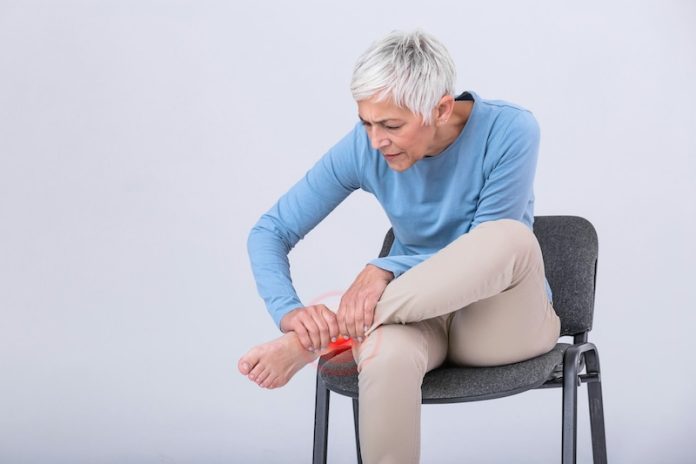
Scientists from Adelaide and the United States have found a surprising connection between a rare type of arthritis and gene changes that are usually seen in blood cancer. This discovery may lead to new ways to treat certain arthritis patients in the future.
The study focused on a type of rheumatoid arthritis known as seronegative rheumatoid arthritis. This type is different from the more common form of rheumatoid arthritis because it doesn’t show the usual markers in blood tests, and it often doesn’t respond well to standard treatments. Doctors still don’t know what causes it, and it has been difficult to treat effectively.
Rheumatoid arthritis is a disease where the body’s immune system mistakenly attacks the joints, causing pain, swelling, and damage. In most cases, people with rheumatoid arthritis test positive for antibodies that help confirm the diagnosis. But in seronegative cases, these antibodies are missing, which makes it harder to understand and treat the disease.
The research was published in the journal Blood, which is run by the American Society of Hematology. It was a joint effort by experts from several institutions, including SAHMRI (South Australian Health and Medical Research Institute), the University of Adelaide, the Royal Adelaide Hospital, Flinders University, and the Mayo Clinic in the United States.
The team was led by Associate Professor Devendra Hiwase, a doctor who specializes in blood diseases, and Dr. Dan Thomas, who leads the blood cancer research program at SAHMRI. What they found came as a surprise.
When they studied the blood of people with seronegative rheumatoid arthritis, they found that many had mutations—or permanent changes—in certain genes linked to blood cancers. These mutations were in genes like IDH1 and IDH2, which can affect how cells in the bone marrow grow and work. Bone marrow is the soft tissue inside bones that makes blood cells.
In some patients, these gene mutations were found before the arthritis started. This suggests that the gene changes might be causing or helping to trigger the arthritis. The researchers believe that these changes in the bone marrow could lead to inflammation in the body that looks like an autoimmune disease, such as rheumatoid arthritis.
They also noticed that when patients had these gene mutations, the time between being diagnosed with a bone marrow problem and developing arthritis was shorter. Another key finding was that certain substances produced by cancer cells (called metabolites) matched up with the development of arthritis in these patients.
This opens up an exciting possibility: if these gene mutations are linked to arthritis, then treatments used for blood cancers—such as drugs that target these mutations—might also help people with this hard-to-treat form of arthritis.
“This is just the beginning of what we’re learning about how blood cancers and autoimmune diseases might be connected,” said Associate Professor Hiwase. “It could mean that some arthritis patients might benefit from treatments originally designed for blood cancers.”
Dr. Thomas added that the research shows how powerful it can be when scientists from different fields work together. Using digital health records and new tools like rapid testing of blood chemicals, the team was able to make these connections that were not possible before.
The researchers say more studies are needed to better understand the link between these gene mutations and arthritis. But for now, their work gives hope to patients with seronegative rheumatoid arthritis, who often struggle to find effective treatment.
This research may help doctors in the future figure out which arthritis patients might respond better to cancer-targeting drugs, offering new hope for people with this puzzling condition.
If you care about pain, please read studies about vitamin K deficiency linked to hip fractures in old people, and these vitamins could help reduce bone fracture risk.
For more health information, please see recent studies that Krill oil could improve muscle health in older people, and eating yogurt linked to lower frailty in older people.
Copyright © 2025 Knowridge Science Report. All rights reserved.



